See image credits below.
The following is an excerpt from p. 47-51 of Chapter 1, “Precious Crystals: What Salt Teaches Us About Drugs” from my book, Drugism (2022):
[This excerpt explains how the modern correlation between popular drug trends and warfare has its roots in the ancient practice of paying troops with salt. It picks up where “Precious Crystals” left off.]
In addition to salt’s use as a basic source of state revenue, there is also a profound connection between salt and warfare. Salt tax revenue has been used for defense and military budgeting, throughout history and across the globe. In China, for example, salt revenue was used to pay its military and for the construction of the Great Wall of China.[i] Rome also used salt taxes to fund its military. But funding is not the only importance salt held for militaries. Before salt taxes were used to pay military personnel, salt itself was often the form of payment. This is because salt is integrally important to military operations on a very basic level. How so?
Military activity is physically demanding (although like other aspects of life, it has become less so in modern times). Historically, it has required much movement and stress. Bodies need sodium and chlorine to maintain healthy muscle movement and nerve health, so physical activity becomes exhausting if our bodies do not have enough of them. Soldiers with plenty of salt (and, accordingly, the sodium and chlorine within it) maintain physical activity more easily, and for longer, than soldiers with less salt.
Salt tax revenue has been used for defense and military budgeting, throughout history and across the globe.
Additionally, salt preserves food. This is extremely useful for warfare, where abundant supplies of well-preserved food are needed by soldiers. Salted food has been used extensively by countless militaries around the world for millennia, and still is to this day. Salt’s value as a preservative, as well as its utility in fostering active, nourished troops combined to make salt one of the most highly prized resources for militaries through history.
For these reasons, in times of war, salt supplies have historically often been reserved for militaries. Civilians were then left with whatever salt was not needed by the military. This was the case many times throughout ancient China, throughout early native European cultures, in the Roman Empire, and presumably in Africa. This element is crucial to understanding why militaries have been given priority in receiving supplies of salt, and later drugs. Salt directly contributes to the success of military action, at a basic, physical level.
This inherent connection between salt and soldiers is evident in the word soldier itself, which traces to the French word for salt, solde. The practice of paying troops in salt, as in ancient Rome, is also the origin of the word salary (which comes from sal, Latin for salt). What does this have to do with drugs? Just as salt has been integrally important for militaries through history, so have drugs.
Historically, in times of war, salt supplies were reserved for militaries.
In fact, many drugs are prized by militaries for much the same reasons as salt.
Consider coca for example, the plant from which cocaine is derived. Pre-colonial Incan warriors used coca leaves to increase their stamina on the battlefield and cope with hunger.[ii] Just as soldiers with access to salt can maintain physical activity more easily than soldiers without salt, so did warriors with access to coca generally maintain activity more easily than those without. Warriors on coca also needed less food, thanks to the appetite-suppressing effects of cocaine and other alkaloids. This allowed the Incan troops to make more extensive use of limited food supplies, something that salt also allows militaries to do. Operationally, the salt and the coca played the same roles: facilitate physical activity and extend food rations.
And coca leaves, like salt, have also been used to fund militaries. The most blatant example of this would be the Contra scandal of the 1980s-1990s, as documented by journalist Gary Webb in Dark Alliance. Webb and others found that the Central Intelligence Agency (CIA) facilitated cocaine trafficking in South and Central America. The cocaine was extracted from coca crops then shipped north to the US, where it was sold. The money made as a result was used to buy weapons, which were then sent to South America to arm the fascist, counter-revolutionary (“contra”) factions of Nicaragua and elsewhere. This continued unabated for years, and similar tactics are used by militaries and intelligence agencies around the world to this day.
You will see this same overall pattern with sugar too, as detailed in the next chapter, but it applies to plenty of other drugs, from opium to amphetamines to coffee. Take amphetamines for example, a class of drugs loved by militaries around the world. Echoing the way salt is used to ensure the survival and continued activity of the soldier, so too have various amphetamines been used by militaries across the world. Troops with amphetamines can, under proper conditions, fight harder and longer than troops without amphetamines. Amphetamines also have an appetite-suppressing effect, itself useful for the battlefield and for extending food rations (which are still often salted). In Nazi Germany, one of the nicknames for amphetamine was “pilot salt.”[iii]
Just as salt has been integrally important for militaries through history, so have drugs.
Additionally, since many amphetamines have been, and continue to be, legal (such as Pervitin in Nazi Germany or Adderall in modern US), the tax revenue generated from them is spent on whatever projects governments deem fit. The US government, as readers should know, spends most of its money on its military. Accordingly, a sizable portion of the money spent on taxes for drugs like Adderall winds up in the military budget. So amphetamines like Adderall increase physical stamina, fight hunger, and raise funds for militaries, just as salt has done for millennia. And the most obvious similarity: the amphetamines themselves are, chemically, salts.
It is crucial that we understand the basic need that militaries have for salt and how this created the historic pattern for the militaries’ basic need for other fine crystals (i.e., drugs). The immense advantages which salt conferred upon military forces became the basis for various policies which, regarding salt access, prioritized military over civilians in times of war. And as we saw in the case of Lake Yungcheng, salt itself has functioned as a motivator of war.
Similar dynamics developed as more and more drugs were discovered and developed which proved useful in warfare. Throughout history, drugs themselves have, like salt, become central factors in the deployment of military power. One example in which we see the significance that both salt and various drugs hold for military action is the US Civil War.
Not unlike the battles over prehistoric Lake Yungcheng, during the Civil War salt was a central factor in military strategy. Just days into the war, all ports in the Confederacy were blockaded on the order of President Abraham Lincoln. The southern states were dependent on the Union for numerous goods, however, not least of which was salt. Most of the salt produced in the US came from northern states. As a result, after Lincoln’s blockades, salt became quite scarce in the Confederacy. By the following year, prices increased more than tenfold.[iv]
Union military officials realized that they could use this to their advantage. Salt shortage not only destabilized the Confederate economy; it also directly interfered with the success of their troops, who relied on salted food in the field. From late 1862 on, anytime Union troops encountered saltworks in the South, they destroyed them. Throughout the Confederacy, salt prices continued to rise. Sometimes, salt was cut with various substances, like ash. Salt from northern states was also smuggled into the Confederacy. It was in this context that one woman from South Carolina referred to salt as “precious crystals.”[v]
Military personnel often serve as vehicles for the distribution or popularization of restricted commodities.
It is also in the Civil War—or rather, in later narratives of it—that we see, for the first time, the notion of the “soldier’s disease” come to life. The idea (the reality of which has been contested) grew from the fact that opium was the first- or second-most commonly used drug on battlefields during the war.[vi] This led to predictably high rates of opium use during the war. More than a few began to habitually use opium (or morphine, its derivative) and continued to do so after the war ended. The “soldier’s disease” narrative depicts habitual drug use as an illness to which military personnel are particularly prone.
While there is truth to the notion that military service can inspire drug use, there are two fundamental flaws with the “soldier’s disease” idea. The first: habitual drug use is not unique to warfare. Any number of experiences can, like war, traumatize people who may, in turn, habitually use drugs to soothe the resulting pain. [And as explained in the introduction, people use drugs for a variety of reasons; thus habitual drug use is not itself a reliable indicator of pain or trauma.] To give a distinctive name to the phenomenon when it occurs in one particular group—soldiers—is misleading.
The second issue with this idea is that drug use is not a disease. We have already reviewed in the introduction how the concept of drug use as disease came to be, and why it is not correct. The “soldier’s disease,” therefore, is doubly misleading in that the phenomenon it describes, habitual drug use, is neither unique to soldiers nor a disease.
The “soldier’s disease” is doubly misleading in that the phenomenon it describes, habitual drug use, is neither unique to soldiers nor a disease.
Not coincidentally, the idea of the “soldier’s disease” first appeared at precisely the same time in which the US’s earliest federal narcotics laws were being sculpted. Scholars such as Jerry Mandel and Lucasz Kamieński have argued that the idea was crafted specifically to build support for the passage of the Harrison Narcotics Act.[vii] It has since been regurgitated primarily by champions of drug prohibition.
The “soldier’s disease,” which twists some underlying truth into a false stereotype, is ultimately not helpful in our attempt to understand the realities of drug use. However, that does not mean that the exposure of military personnel to drugs as a result of warfare is insignificant. On the contrary, it is quite significant.
The underlying reality that the stereotype points to is immensely relevant, both to the history of salt and the future of drugs. Just as salt has historically, in times of war, been reserved for soldiers, so have drugs. On such occasions, troops get priority over civilians regarding access to basic commodities. As a result, military personnel may develop habits around particular commodities while civilians are simultaneously deprived of them.
Most surges of popular drug use find their origin in wars.
After war’s end, the civilian demand for commodities which were restricted during wartime is finally met. At moments like these, ordinary people can get their hands on things (salt, drugs) which they have likely been wanting for quite some time. Meanwhile, military personnel return home stocked up with said things (salt, drugs) thanks to the access they received through military service.
Such situations create a dynamic that tends to present itself during and after wars, in which military personnel serve as vehicles for the dissemination or popularization of restricted commodities. What this means for drugs is that many, indeed most surges of popular drug use find their origin in wars.
This observation is not a new one. Scholar and professor Łucasz Kamieński has brilliantly demonstrated the phenomenon with numerous examples in Shooting Up: A Short History of Drugs and War.[viii] As a result of administration, access, or both, World War I facilitated the popularization of cocaine; World War II, amphetamines; the Cold War, LSD; the Vietnam War, heroin and marijuana; and so on. What Kamieński misses, however, is that historically, such trends trace back to the ancient practice of paying troops with salt, something which is most concisely expressed in the word soldier itself.
Such trends trace back to the ancient practice of paying troops with salt.
Endnotes
[i] Kurlansky, 31.
[ii] Kamieński, 46-47.
[iii] Ohler, Blitzed, 93.
[iv] Kurlansky, 257-260.
[v] Ibid., 261, 263, 267; “precious crystals” quote from 267.
[vi] Kamieński, 71.
[vii] Ibid., 79.
[viii] Ibid., throughout and 83.
Sources
Kamieński, Łucasz. Shooting Up: A Short History of Drugs and War. Oxford University Press, New York, NY. 2016.
Kurlansky, Mark. Salt A World History. Penguin Books, 2002. New York, NY.
Ohler Norman. Blitzed: Drugs in the Third Reich. Mariner Books, New York, NY. 2016.
Image credits
Photo of vintage medicine bottles from Telegram & Gazette at https://www.telegram.com/story/news/local/east-valley/2015/02/28/local-man-s-bottles-tell/35083270007/
Photo of troops trading drugs from History at https://www.history.com/news/drug-use-in-vietnam
Photo of Adderall bottle from Investor’s Business Daily at https://www.investors.com/news/technology/teva-stock-what-we-know-and-do-not-about-the-adderall-shortage/
Photo of US troops in uniform from the National Guard at https://www.nationalguard.mil/News/Article/2934989/more-us-troops-deploying-to-europe-guard-leaving-ukraine/
Photo of troops protecting Afghan opium fields from Grounded Curiosity at https://groundedcuriosity.com/the-true-power-of-the-afghan-drug-trade/#.ZErFmy-B06s
Illustration of Civil War battle from Fine Art America at https://fineartamerica.com/featured/the-battle-of-chancellorsville-american-civil-war-american-school.html
#salt #drugs #drugism #coca #cocaine #amphetamine #drugpolicy #history #book




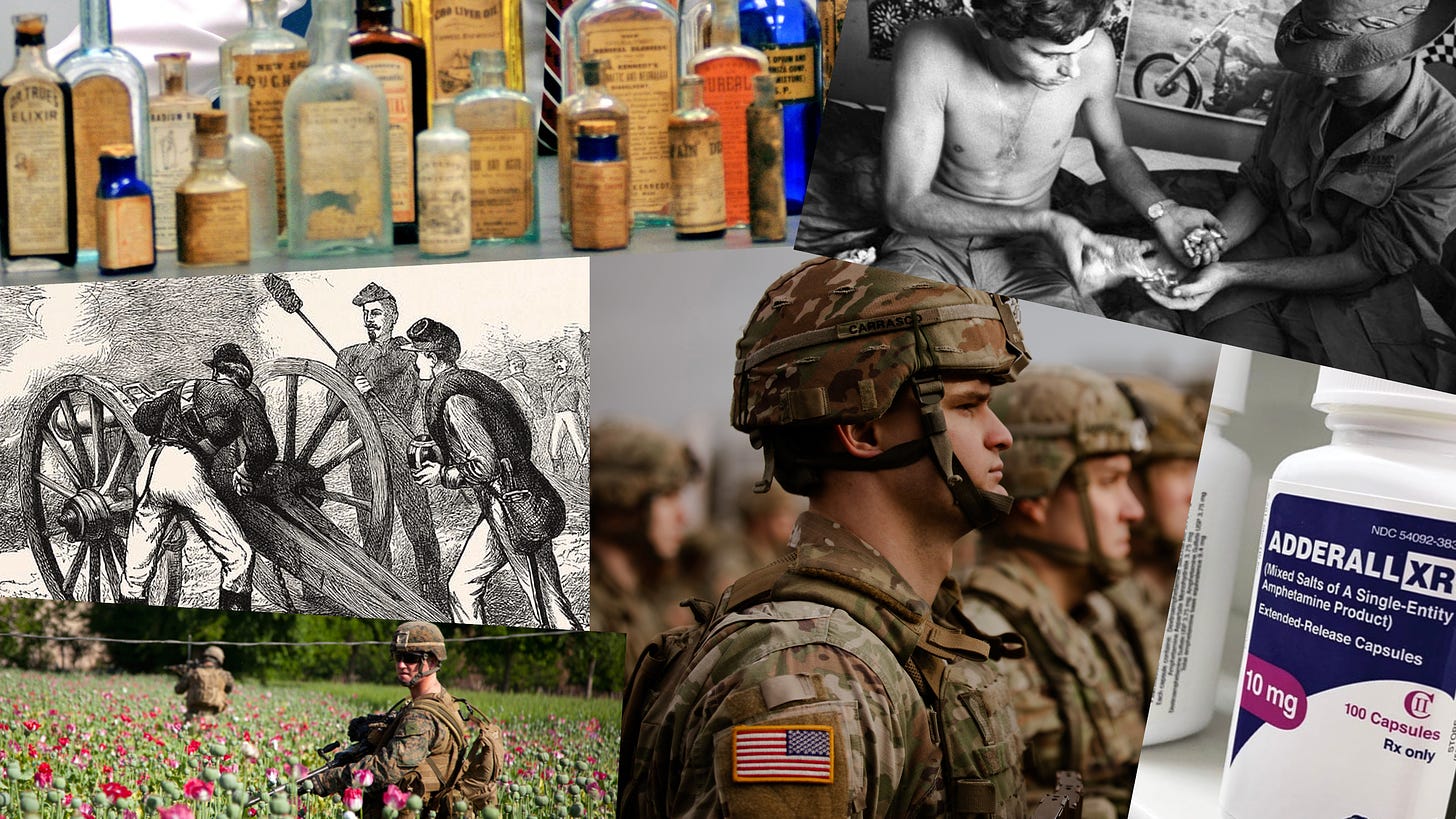

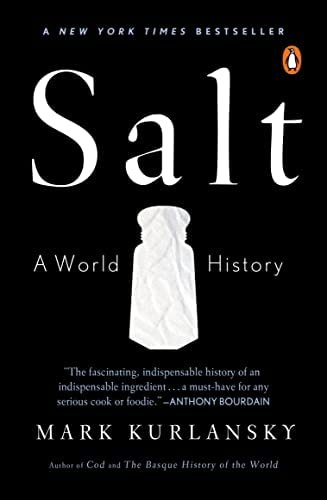

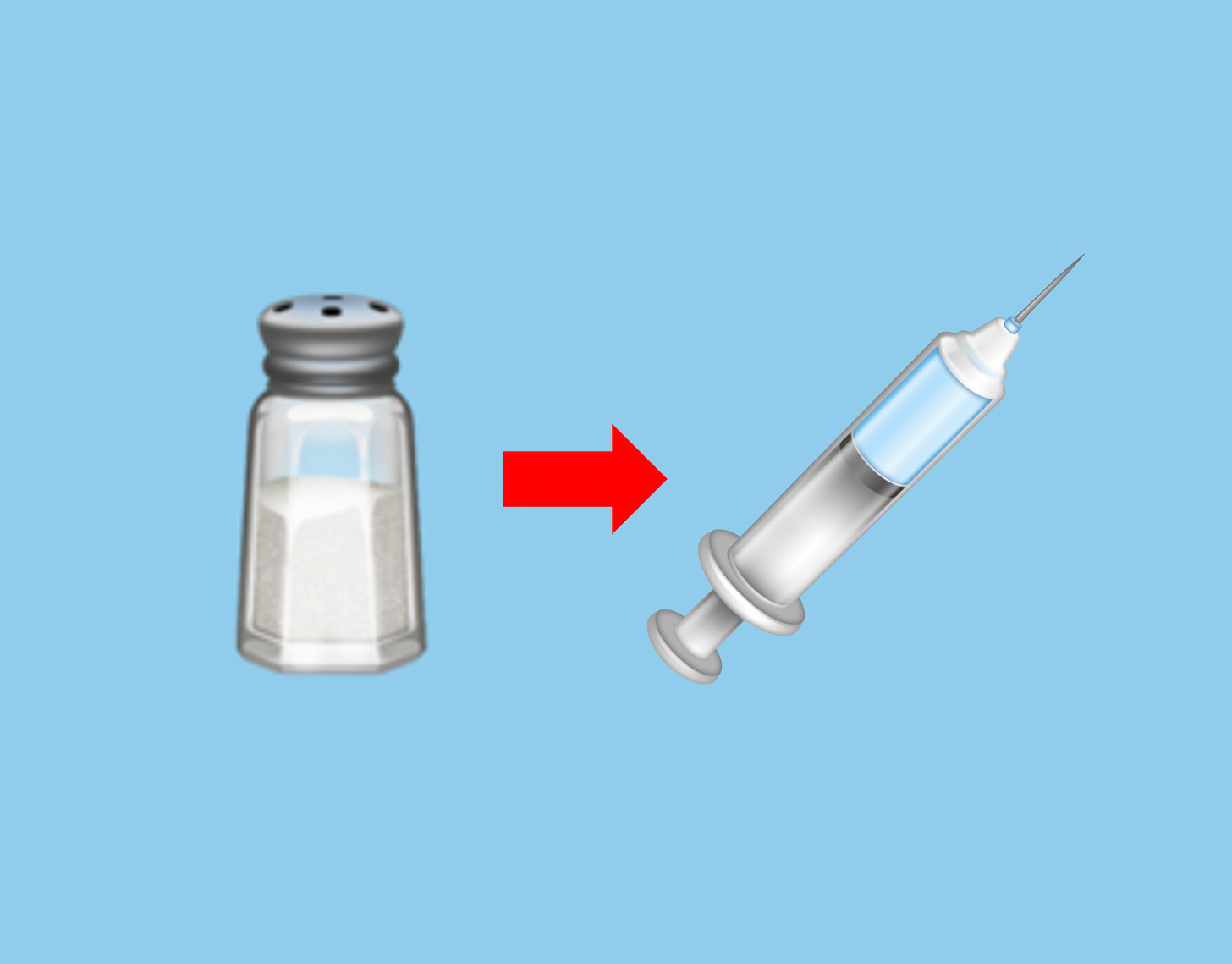

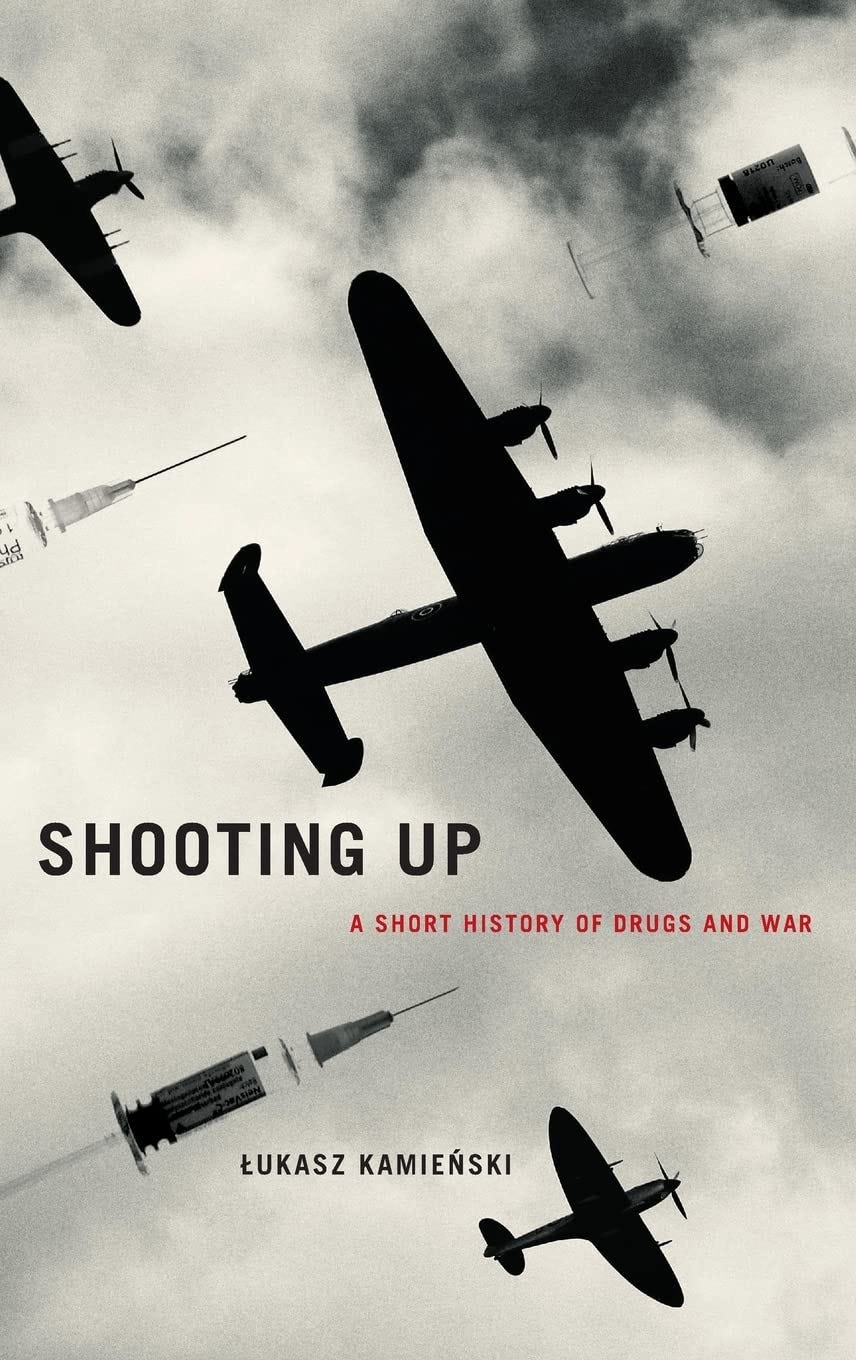
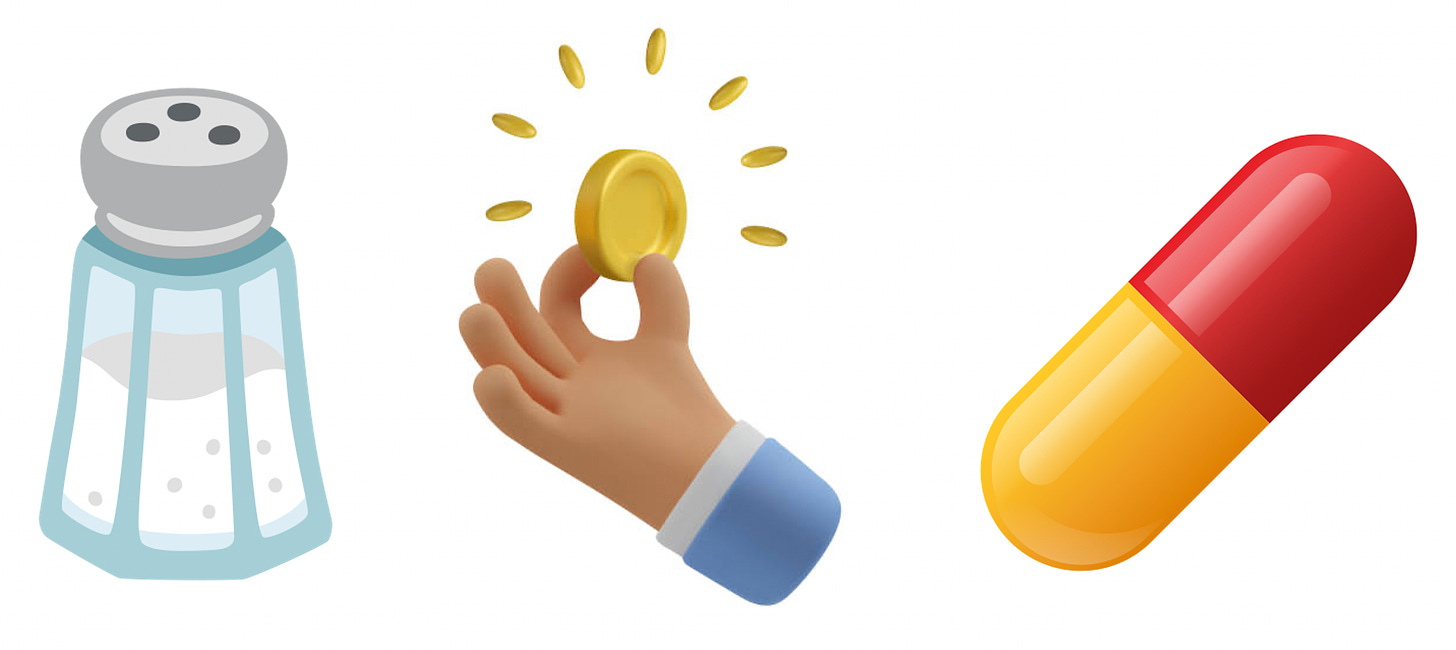
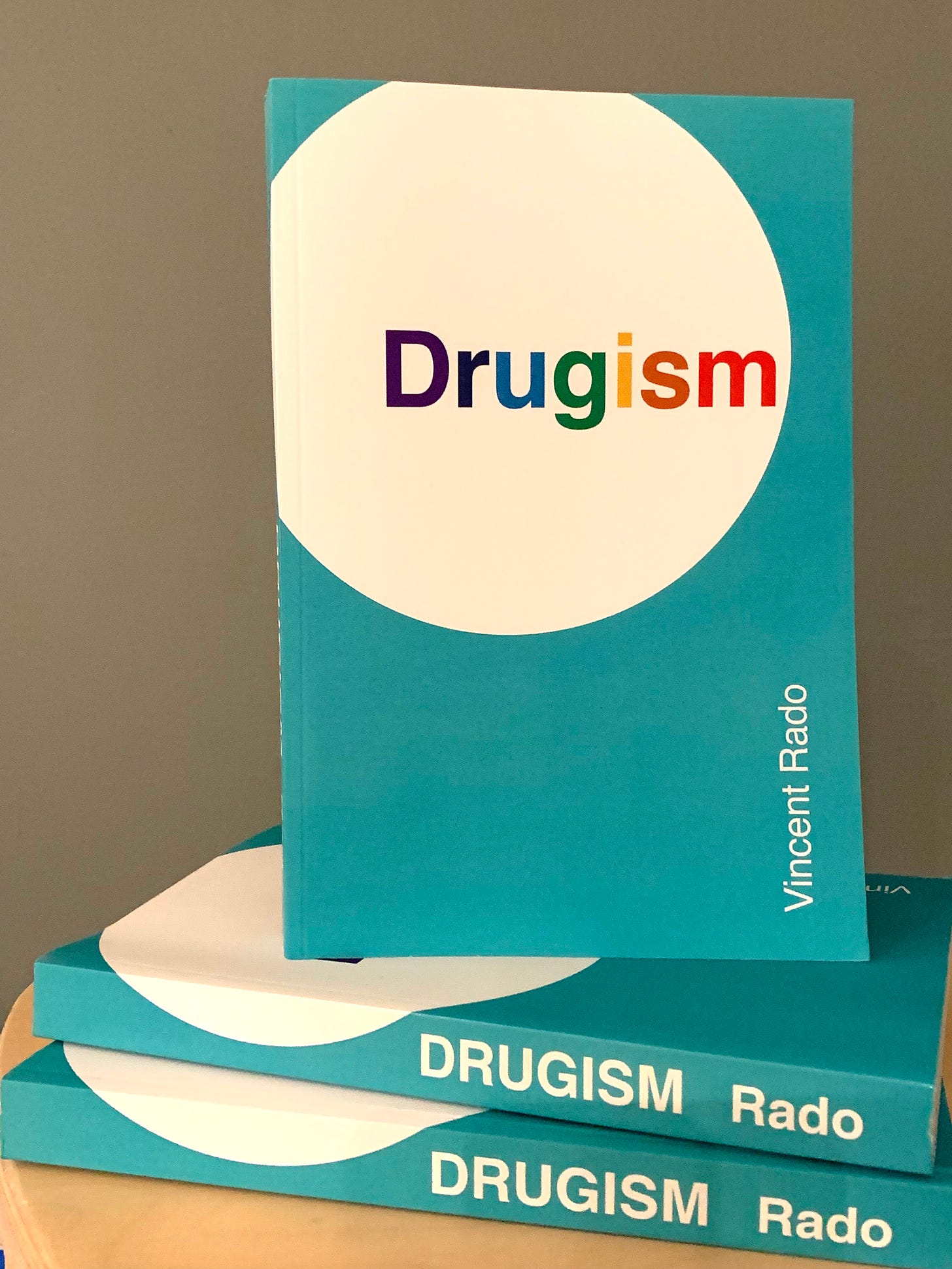
Enjoyed this immensely. As a survivor of the 1990’s West Coast Chiva Drug War i’ve witnessed the cyclical nature of Opiates/Opioids both stateside & overseas. The Heroin scene of the west coast changed in 2000 from taffy Black Tar Heroin from Mexico to whats now a two decade long running Fentanyl disaster. The Short acting fentanyl means repeat usage based on its short high which increases #1-potential for overdose #2—infections from multiple injections. #3–endocarditis. The Heroin(Chiva) of the 1990’s required only 2 shots a day to be high, not just well, high.. a wake up & a noon shot.
You want to make this all about Politics, and Political Power. Everything isn't Politics. You are selectively using facts to support a spurious axe-grinding narrative. The facts you present are roughly accurate, but they're used so selectively that the takeaway is misleading.
Underplaying the role that physical pain and psychic trauma play in motivating addiction to opioids is misleading.
Underplaying the fact of the relatively recent inventions of purified synthetic drugs--and the hypodermic needle--is misleading. Purified opiate compounds, purified cocaine, and the hypodermic needle have been around for less than 200 years. They introduced an extra level of intensity--and reinforcement, and lethal hazard--to the effects of the substances.
Put those two factors together and the result is "soldiers disease"- a phrase that arose in the 19th century on the basis of evidence, not as an exercise in manipulating language for propaganda, as you imply in this post.
Have you ever paid an in-person visit to library bookshelf HV5800-5881? There were books on this cluster of topics published prior to the year 1999. More than three of them. I realize that the sensationalism of condensed rehashes like Blitzed is all very impressive, for someone unfamiliar with the preexisting literature. But professional historians- including medical historians and physicians- have drawn on an abundance of documented observations to support the linkage between "battle fatigue", "shellshock", and the resort to an opioid habit as a palliative and coping strategy. Yet for some reason you find it imperative to dismiss it as a myth.
I admit that I haven't read the book Shooting Up. But I'm skeptical that Lukasz Kamienski cited "soldier's disease" as if it were a confabulation, or a hoax. Undoubtedly the syndrome was used to support the prohibitions of the Harrison Act, but it's no more fictional than the dysfunctional syndromes used by advocates of alcohol prohibition as evidence to support the passage of the 18th Amendment.
As for your Salt-related observations, conflating the phenomenon of opioids with the history of sodium chloride for the purpose of historical interpretation is just plain incoherent. Similar analogies can be drawn with the spice trade, and with foodstuffs, and with any other valued trade good, for that matter. But the analogies are much too general to support your claims.
Such as they are. For example, this piffle: "since many amphetamines have been, and continue to be, legal (such as Pervitin in Nazi Germany or Adderall in modern US), the tax revenue generated from them is spent on whatever projects governments deem fit. The US government, as readers should know, spends most of its money on its military. Accordingly, a sizable portion of the money spent on taxes for drugs like Adderall winds up in the military budget..."
There's a Federal sales tax on prescription drugs? Who knew? Tell me about it.
Care to run some actual relevant numbers for me, in comparison with other taxable commodities? Along with balancing the supposedly sizeable revenue sum you're insinuating with the amount of US government dollars paid by Federal medical plans to the pharma companies to cover those prescription drug expenses?
Spoiler alert: contrary to your murky insinuations, Adderall is not an especially noteworthy line item in the Federal military budget. That''s just some hokum you came up with by rubbing a handful of data points together. And there's a lot more of it where that came from, in your posts on this site.
My objection here isn't even centering on any particular issue stance of yours. My problem with your post is that you're proffering an absurdly half-cooked narrative. You're making every move in drug policy into an unerringly successful Government Plot- whether it's involved permitting a steady flow of drug supplies as a trade commodity, or acting to restrict/prohibit them. The reality is that public policy in this arena has always lagged behind technological discovery--and Modernity itself. Every effort at asserting more restrictive Control has resulted, over the long run, in an escalation of Chaos. I don't celebrate the results of that dynamic. It's what turned fentanyl- which had been medically used since the 1960s- into the primary staple substance of the illicit street market in opioids. But it does show that the grand sweep of Official Institutional Power is not nearly as omnipotent a historical force as you imply with your crackpot narrative.